This article runs in a new section of The Tyee called ‘What Works: The Business of a Healthy Bioregion,’ where you’ll find profiles of people creating the low-carbon, regenerative economy we need from Alaska to central California. Find out more about this project and its funders, Magic Canoe and the Salmon Nation Trust.
The fish was on its way and Sonia Strobel had some phone calls to make.
A former high school teacher who married into a fishing family, Strobel enjoyed helping her husband and father-in-law sell their catch. Despite growing up in Vancouver, she never knew how hard it was for small, independent fishers to make a living.
The work is physically demanding and financially risky. Compared with large-scale commercial fisheries with staff and processing plants, many independent fishers need loans just to get to the sea, where there is no certainty what they will catch or what they will get paid.
Strobel quickly realized what many local fishers up and down the Pacific coast already know all too well: even with a big haul, their hands are tied. Buyers don’t always provide written contracts or a deposit, knowing the volatility of a catch. For fishers, this means “you have a highly perishable product” that needs to be sold quick, said Strobel. “You’re just a price taker, not a price maker.”
It’s a disconnect highlighted by the fact that many Canadians — and Americans — don’t eat fish that is caught by locals. Both countries export billions of dollars of fish per year. But 80 percent of seafood eaten in Canada comes from imports, while the United States hovers at just over 60 percent.
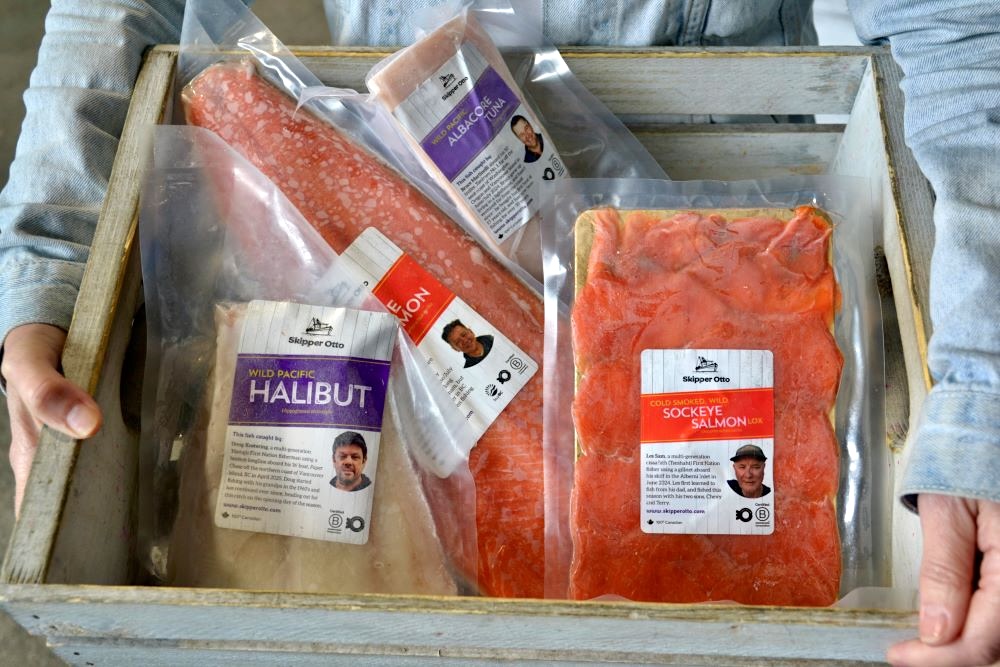
In the early 2000s, Strobel came up with an idea: call friends when her father-in-law, Otto, was heading to Vancouver from Port Hardy, a fishing town of about 3,900 people on the northern tip of Vancouver Island, just under 500 kilometers outside Vancouver. She didn’t know it at the time, but Strobel was laying the groundwork for an emerging business.
“I’d say, ‘Otto, fill the boat and I’ll call all our friends,’” she said. “I’d say it’s $25 flat rate for a fish, people would come down, get a fish, and they’d all call each other.”
But sometimes stormy weather delayed Otto’s travels. Other times, customers didn’t know what to do with a whole fish, since laws prevented Strobel from selling filleted fish on Vancouver’s Fishermen’s Wharf.
Realizing the work wasn’t sustainable, she then co-founded Canada’s first community-supported fishery, or CSF, with her husband in 2008. The idea is akin to community-supported agriculture, where consumers buy a share of a farm’s harvest. Skipper Otto now has 8,000 subscribers who pay an annual upfront cost for fish sourced from 45 independent fishing families across Canada.
Customers pay anywhere from $100 to over $1,000 per year for Skipper Otto’s fish. And as they near two decades in business, more than 85 percent of subscribers are renewing annually, illustrating the CSF market is not slowing down any time soon.
Munching without a ‘freaking clue’
The concept of CSFs is still relatively new to North America.
Historically, seafood has been one of the most traded products in the world. About 40 percent is entered into the international trade market, a figure that rose by more than 50 percent between 1998 and 2008.
The problem for the seafood consumer is that it’s hard to know where a product is coming from or how it’s sourced. And forced labour and overfishing are issues that are hard to track.
“You have no freaking clue what’s going on,” said Joshua Stoll, an associate professor of marine policy at the University of Maine and co-founder of the Local Catch Network, a group of fishing families and experts. “That’s sort of by design. You can deplete an ecosystem and a consumer is just munching away, having a good time, and has no idea.”
The goal of CSFs is to break that model, adding transparency to the seafood supply chain.
Skipper Otto works like this: members pay up front, giving the company a budget for the season. Then, Strobel uses data from previous years to estimate how much of a certain fish they’ll need for the year. Finally, she’ll call up other fishing families, tell them to fish a specific amount, and negotiate a buying price.
For the fishers, it’s a model that brings a layer of certainty on the choppy waters. The price of fish will fluctuate through the season due to availability and different runs. Effectively, through a CSF, the fish have been sold to the community before the trip — helping fishers budget for fuel and other business costs.
“That is a nice feeling,” said Shaun Strobel, Sonia’s husband, who also fishes for Skipper Otto. “That certainty that you’re going to get paid, you’re going to get paid promptly and know you’re not being toyed with.”
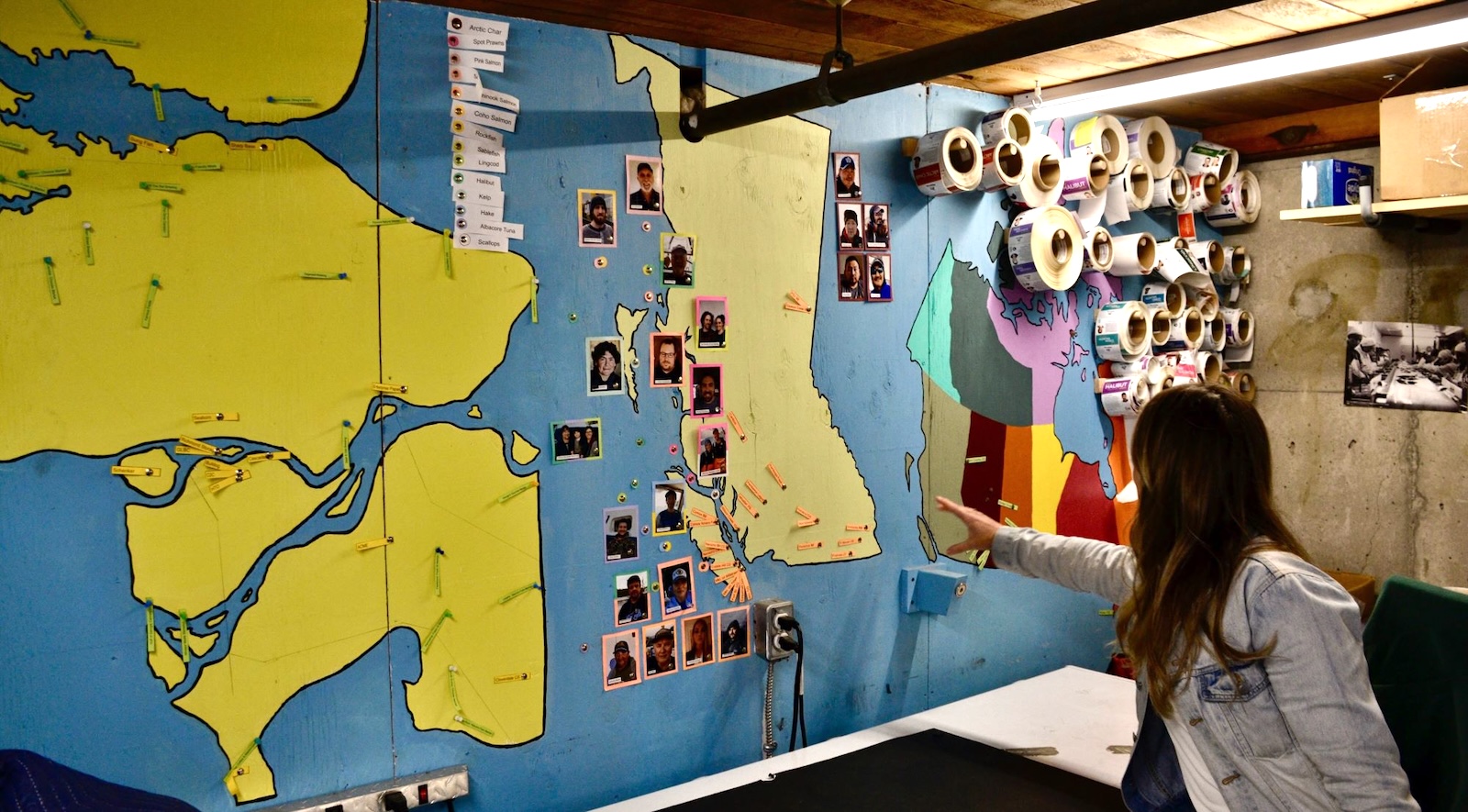
The CSF movement took off in the mid-2000s when a North Carolina program, Carteret Catch, began identifying seafood caught by local fishermen. The first CSF was then founded in 2007 in Maine.
Once the concept was cast, it didn’t take long to reel in a community.
There are now more than 30 such fisheries across the continent, including at least half a dozen from Alaska to California alone. The model has proven to reduce carbon emissions, with seafood products from CSFs travelling an average of 65 kilometers compared with 8,812 kilometers for fish caught by an industrial company in the United States, according to a 2014 study.
Camilla Lombard, co-founder of the CSF Sea Forager in San Francisco, said it’s their job to source seafood for people who don’t have the time or energy to find out where their fish came from. Sea Forager, founded in 2013, has nearly 2,300 subscribers and gets fish from dozens of local fishers. Its customers are drawn to the freshness of their product, which you may not get in giant grocery stores “when your fish has been dragged from the ocean floor and tumbled around on a giant ship,” according to Lombard.
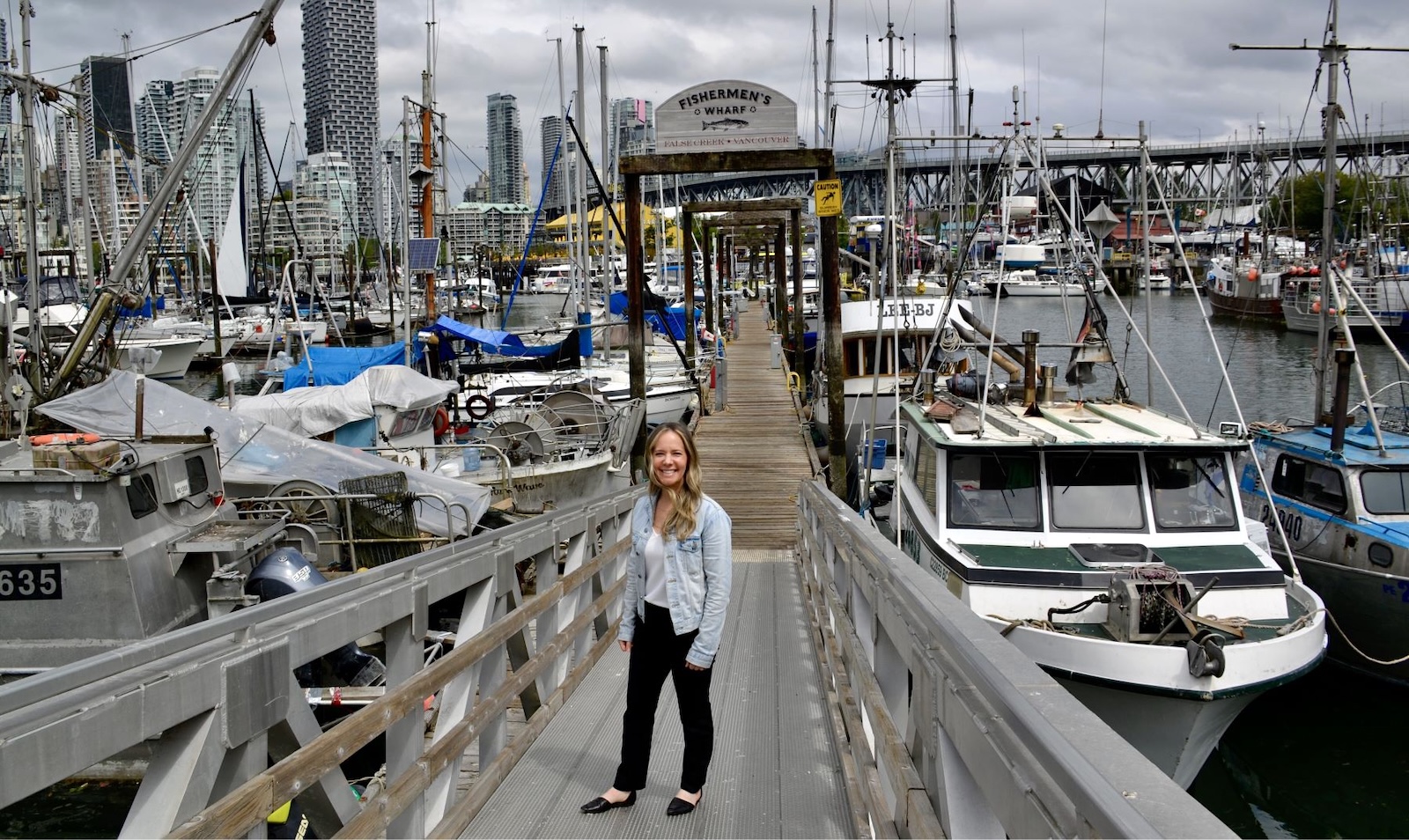
Like Skipper Otto, Sea Forager uses a subscription model that asks customers to pay up front. That can prevent overfishing on the coastline.
In a way, perhaps, it’s helpful to think of the CSF model through an Indigenous lens.
Canadian fisheries were set up as “resource extraction systems,” said Strobel. “The purpose of which was to, as they called it, pull floating dollars out of the ocean to enrich a distant empire.” Like Indigenous Peoples, who have long practised sustainable fishing techniques, the CSF system emphasizes taking only what you need.
“I’m not trying to take over the seafood world, I don’t want to be a billionaire, I don’t want to sell all the fish in the ocean,” Strobel said.
“I want a system that works for people and planet that pays living wages.”
Tracking seafood like agriculture
Of course, that begs an important question: Are CSFs scalable? Critics may point to challenges of growing membership and acquiring new members over time to sustain growth.
That also doesn’t factor in broader issues like climate change or influxes of short-term rentals that are driving up the price of living in a coastal community, according to Stoll, who thinks the tides are turning in favour of CSFs.
There is growing interest to track the distribution of local seafood like agriculture, which has been measured for decades, Stoll said.
Last year, for instance, U.S. fishing groups praised Senate Republicans for releasing a bill that would raise the profile of seafood in the Department of Agriculture. Another study released in 2024 found that 12 percent of U.S. seafood harvesters were doing direct-to-consumer sales — the first “benchmark” to raise that stat, Stoll said.
Adding more visibility may make investors keen to fund the sector and take CSFs seriously.
“If you can start saying, like you can in agriculture, ‘This is an $11-billion sector,’ people will invest and pay attention,” Stoll said. “It’s not just a pat on the head, ‘Oh isn’t that cool what Sonia [Strobel] is doing?’ It’s like, no, there’s people all over doing this type of work.”
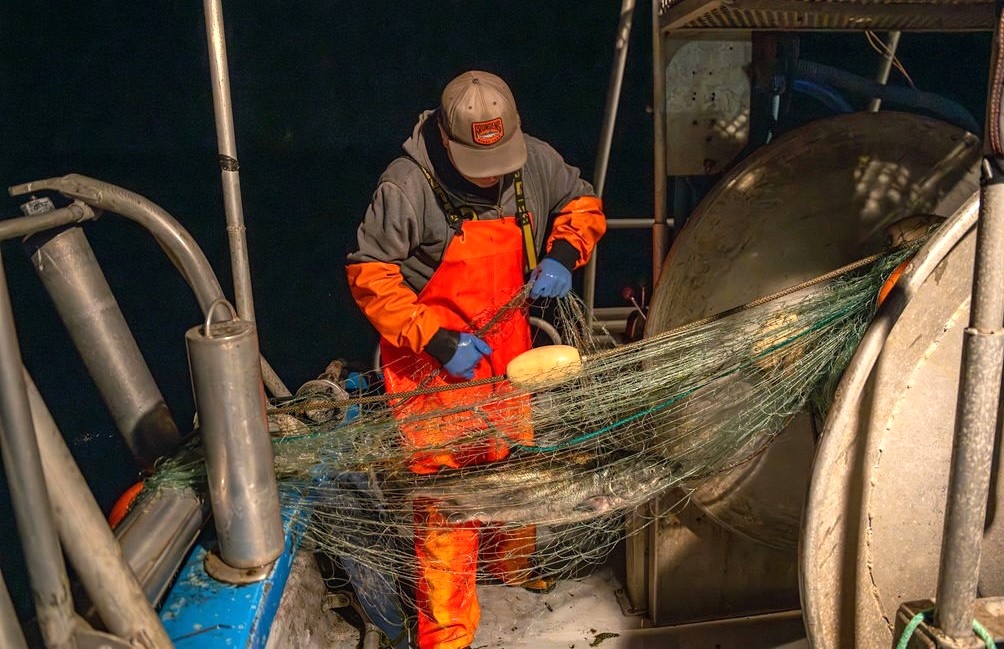
Strobel points to the growth of the Local Catch Network as evidence of the CSF model spreading. The network now has over 500 members, and she and Stoll recently secured funding to offer a mentorship program that helps independent fisheries on the business side.
Nelly Hand, co-owner of an independent fish harvester in Alaska, Drifters Fish, said the program helped her to better price products.
Despite directly selling thousands of pounds of fish across the United States to chefs and home cooks, business is “not a language” that Hand speaks well. She was partnered with Strobel, who assisted with pricing, development and future planning ideas.
“To do that with someone who so deeply understands the intricacies of the seafood world, but also being a fishing family, has been invaluable,” Hand said.
To Strobel, the lessons are a reminder of her previous gig as a high school teacher. Instead of using the phone to call strangers about her father-in-law’s catch, she is using it to connect other local fishers with seafood lovers.
“That’s the system we need to build,” Strobel said.
